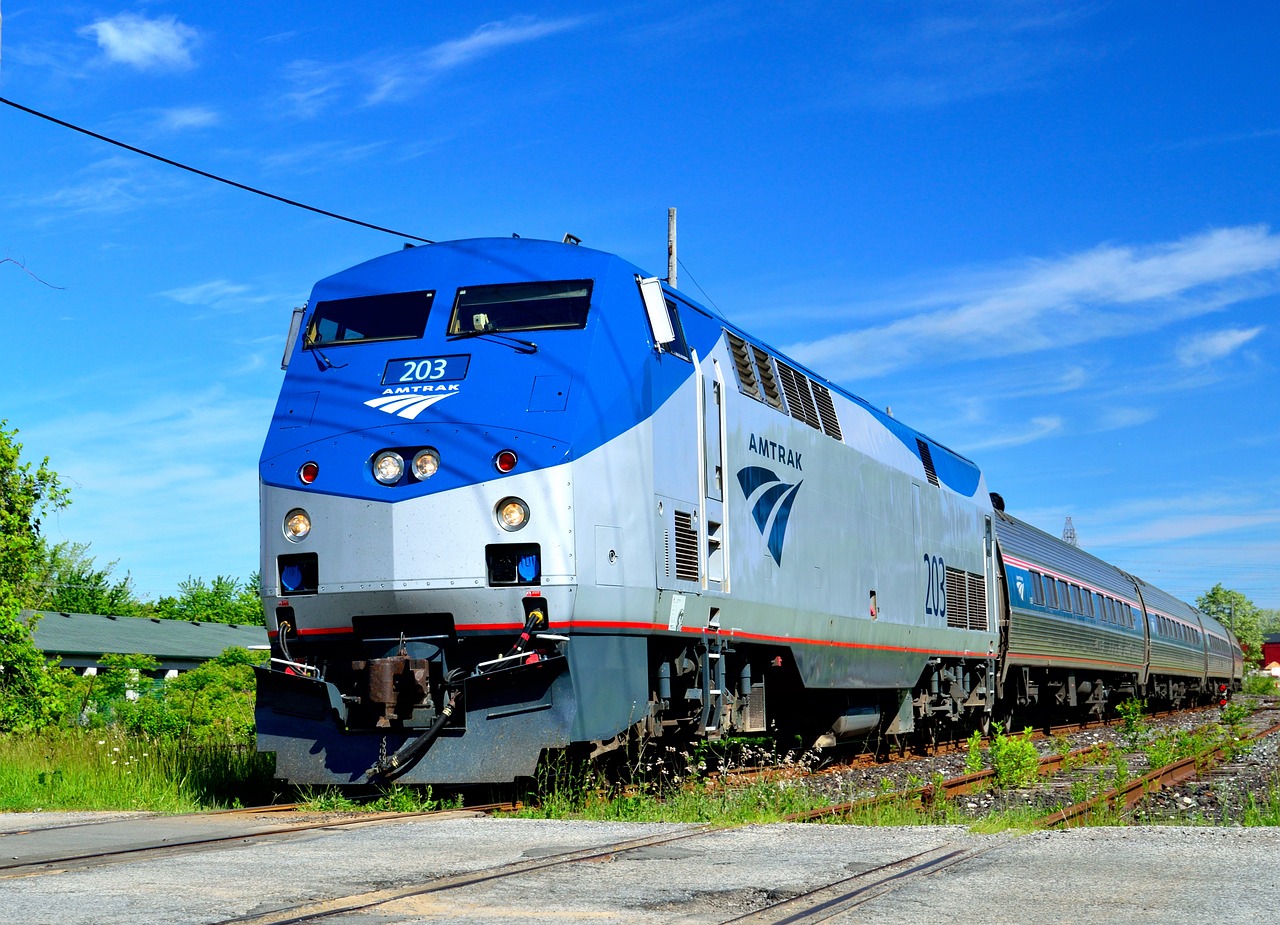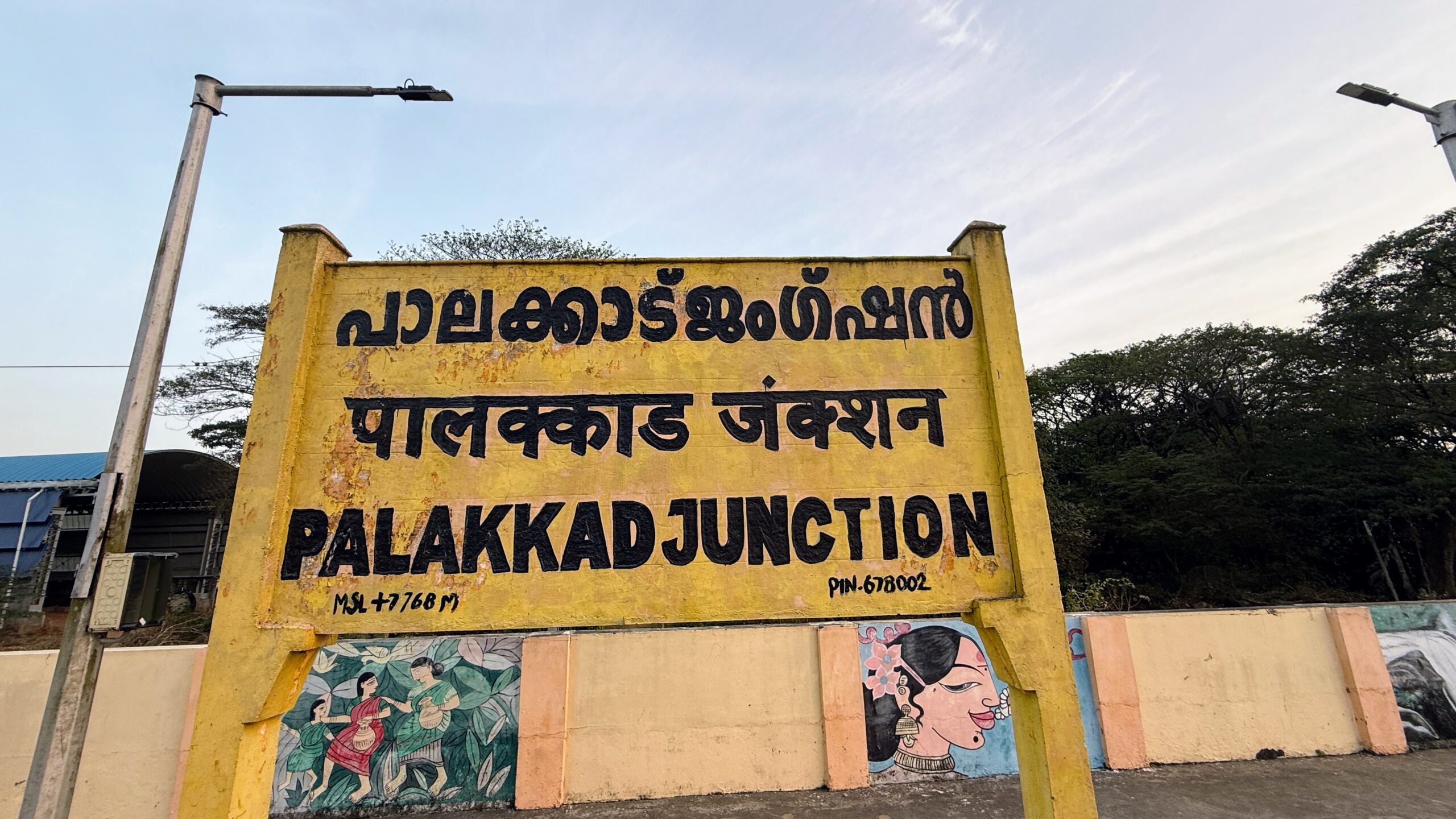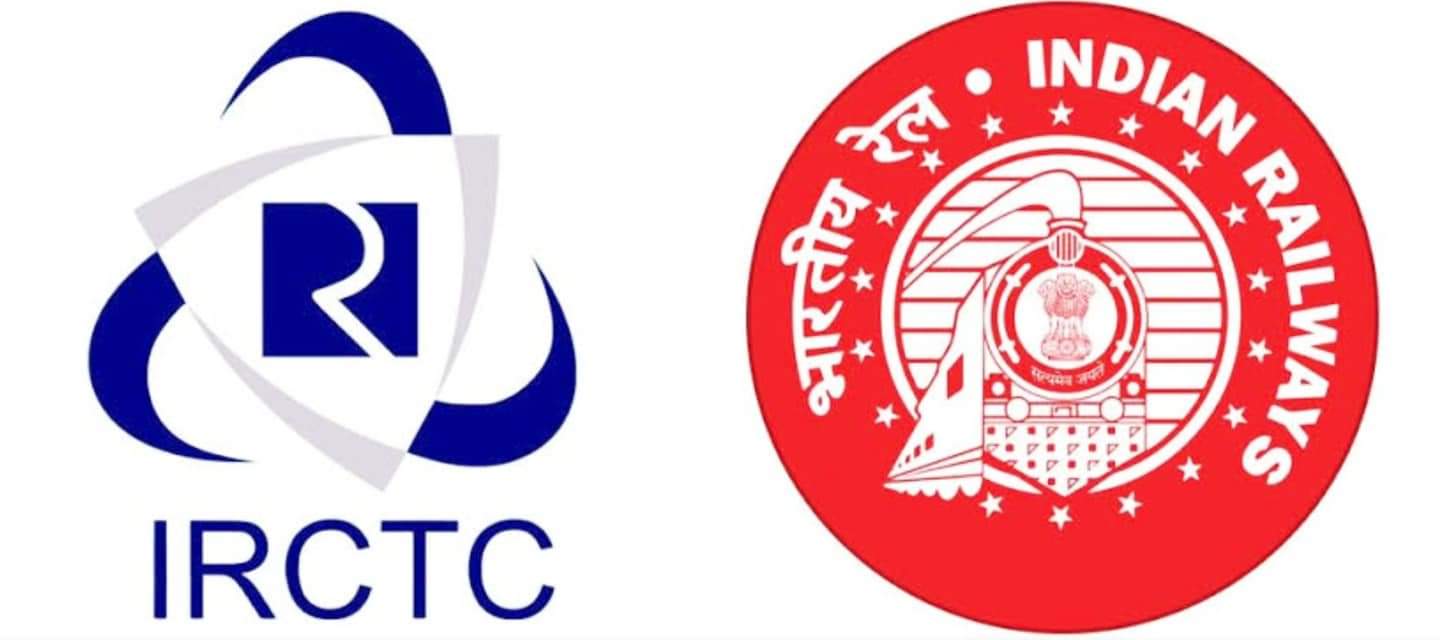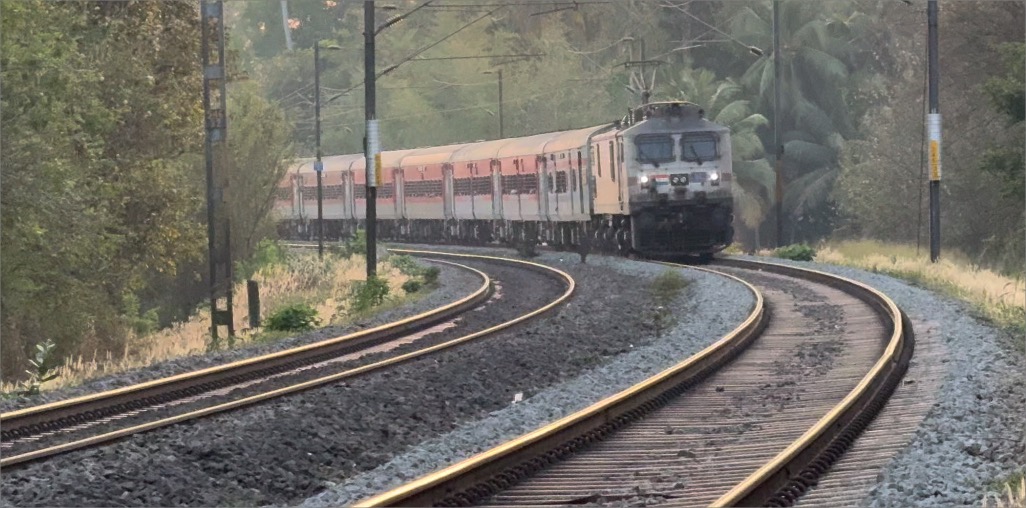American Rail Travel | As the heart of America’s passenger rail service, Amtrak, a government-owned corporation, has held a vital role in connecting cities and communities across the nation. In this blog post, we explore Amtrak’s contributions to the U.S. transportation infrastructure, acknowledging the praises it has received and addressing the criticisms it faces from the general public.
Praises for Amtrak
A Lifeline of Connectivity
Amtrak’s expansive network, reaching over 500 destinations across 46 states, is highly praised. It serves as a lifeline, especially for rural and remote communities that are often under-served by other forms of public transportation. The long-distance routes provided by Amtrak have often been hailed as essential for these communities, ensuring connectivity and mobility.
Emphasis on Passenger Comfort
Amtrak’s passenger-centric approach is another aspect that has received commendations. The spacious seats, ample legroom, and freedom to move around, set it apart from other modes of travel. In addition, amenities like onboard Wi-Fi, power outlets, and dining services significantly enhance the passenger experience.
Environmental Friendliness
Amtrak’s commitment to environmental sustainability has also been widely appreciated. Train travel is one of the most energy-efficient modes of transportation, and by choosing Amtrak, passengers significantly reduce their carbon footprint.
Accessibility and Inclusion
Amtrak’s efforts towards accessible travel for passengers with disabilities have been laudatory. From providing wheelchair-accessible stations and vehicles to accommodating service animals and offering discounts for passengers with disabilities, Amtrak’s commitment to inclusivity is commendable.
Criticisms of Amtrak
Despite the praises, Amtrak has also been subject to criticism.
Reliability and Punctuality
One of the main criticisms directed at Amtrak pertains to its reliability and punctuality. Due to sharing tracks with freight trains, Amtrak trains often face delays, affecting passengers’ schedules. While efforts are being made to improve punctuality, this remains a significant point of contention among passengers.
Limited Coverage
While Amtrak serves numerous locations across the country, its coverage still has room for expansion. Certain regions, especially in the western and southern U.S., lack Amtrak service or have infrequent service, leaving communities in these areas disconnected.
High Costs
Amtrak’s fares, particularly on long-distance routes and sleeper services, can be expensive. This has led to criticism from the public, who view these costs as prohibitive, especially when cheaper alternatives, like air travel or driving, are available for many routes.
Aging Infrastructure
Amtrak’s aging infrastructure is another concern. Many of the train cars, tracks, and facilities are in need of updates or repairs. Despite improvements being made, the pace of modernization has been a point of criticism.
While Amtrak has much to be lauded for, it is not without its challenges. However, its commitment to serving the American people and enhancing rail travel, along with the continuous efforts to improve its services, signify Amtrak’s pivotal role in America’s transportation landscape. It will be intriguing to see how Amtrak navigates these criticisms and continues to evolve to better serve its passengers.
Image by Ray Miller from Pixabay
Hey there! 😊 We run a small YouTube channel for Roads & Rails, and we'd love your support! Now the channel features daily Rail fanning videos.. Please Hit that subscribe button to help us stay inspired and create even more exciting content. Got questions, feedback, or ideas for collaboration? We’d love to hear from you! Drop us a message at mail@roadsandrails.org. Thanks for being part of our journey!











